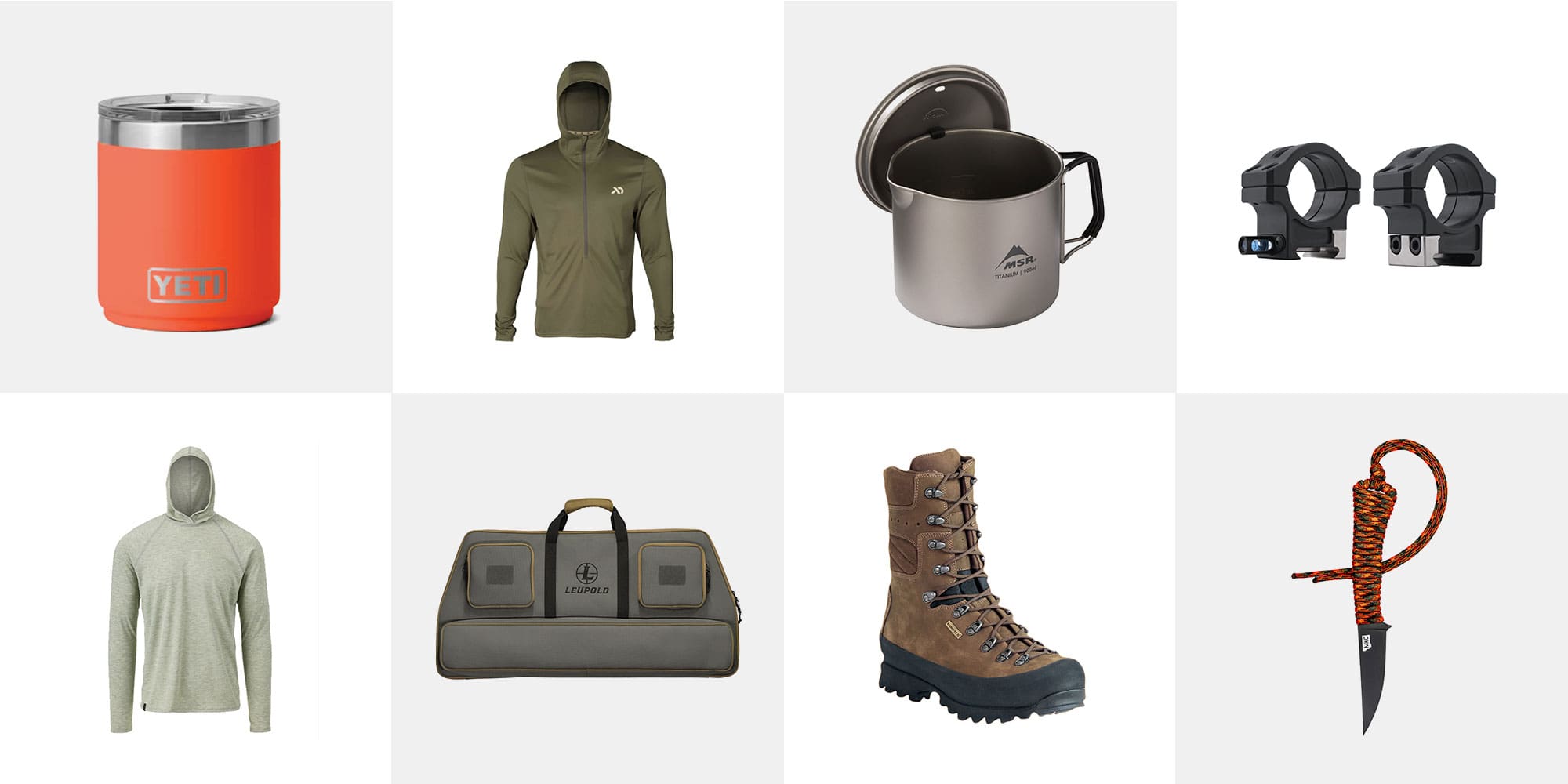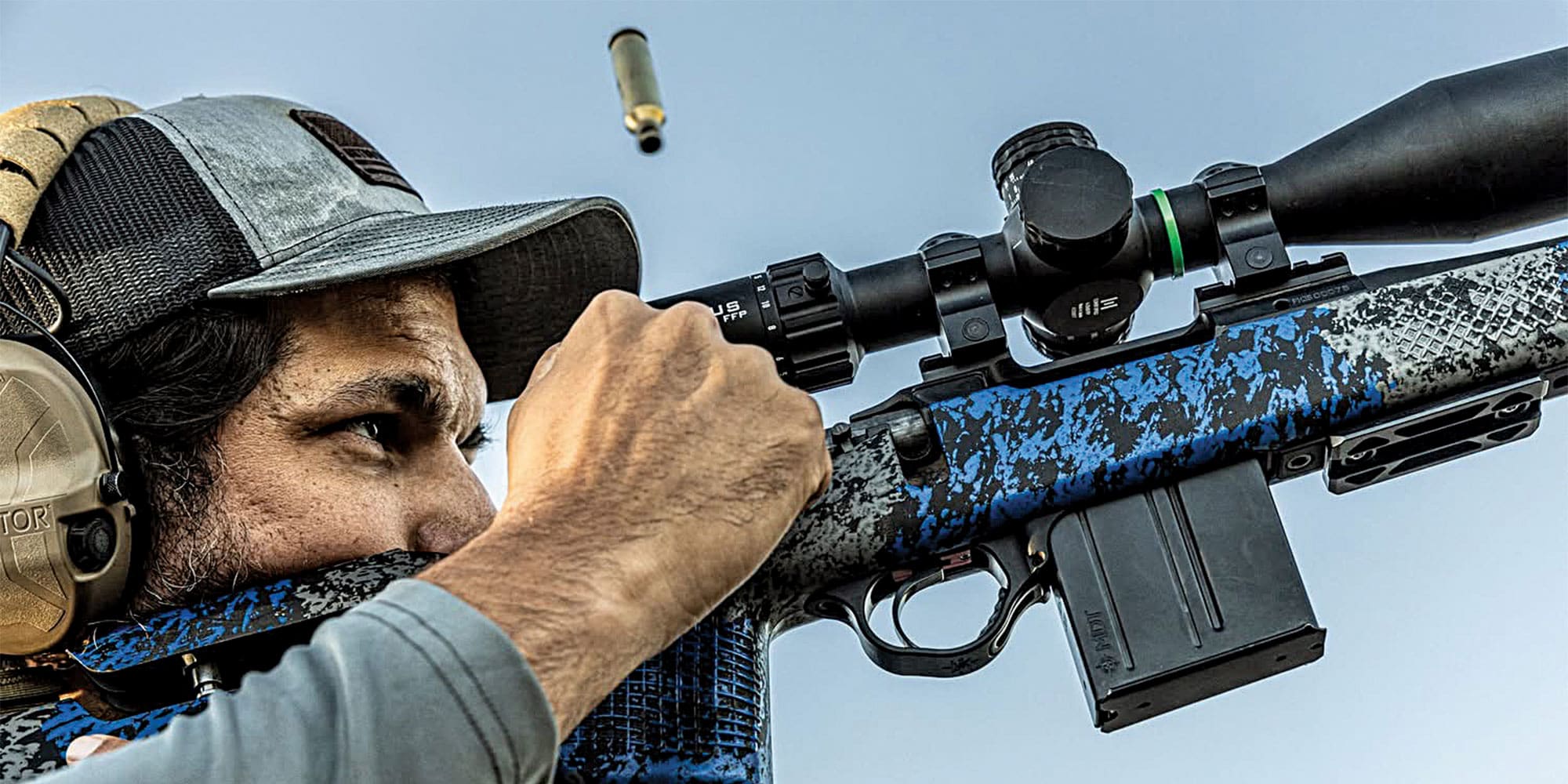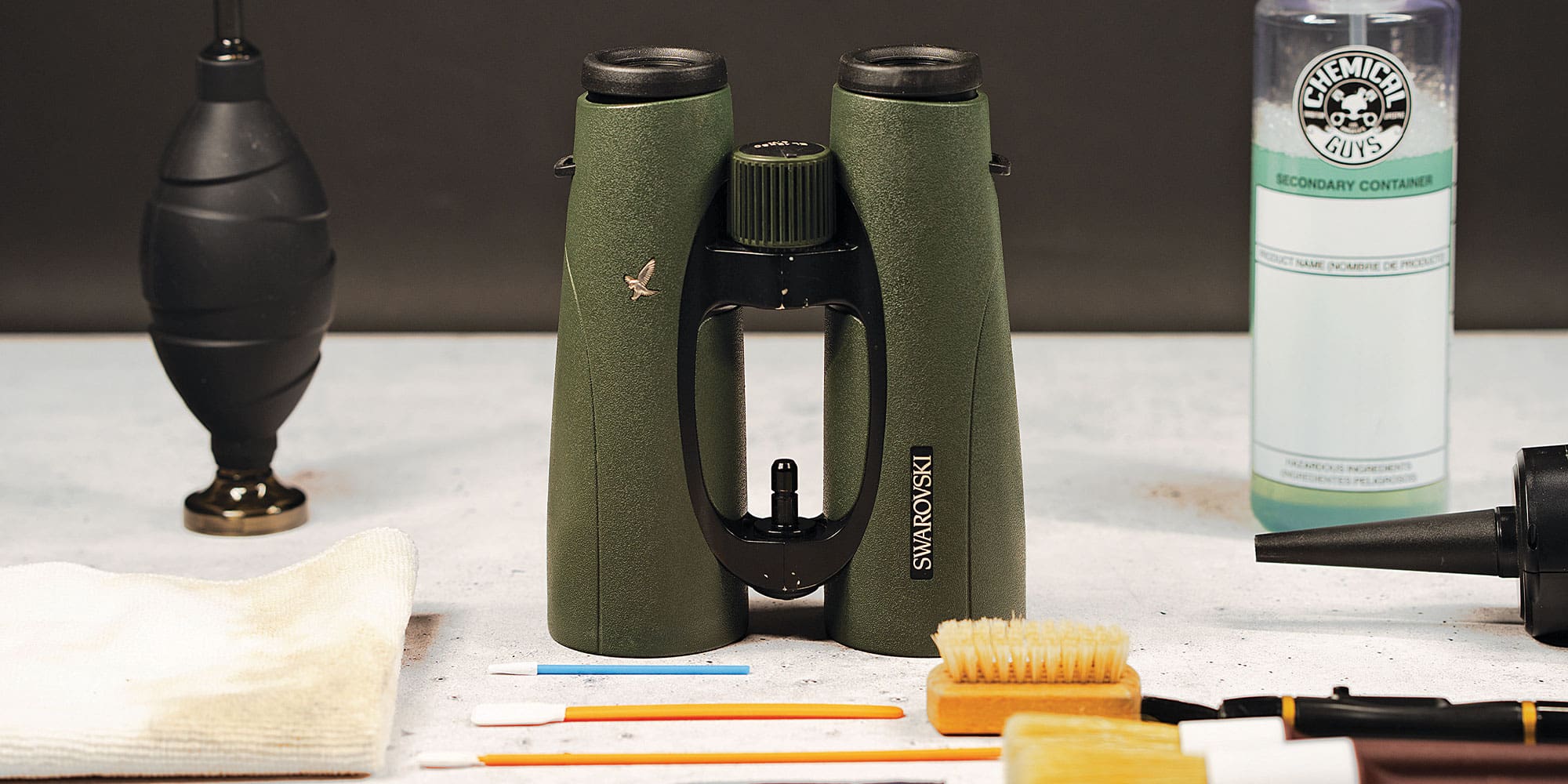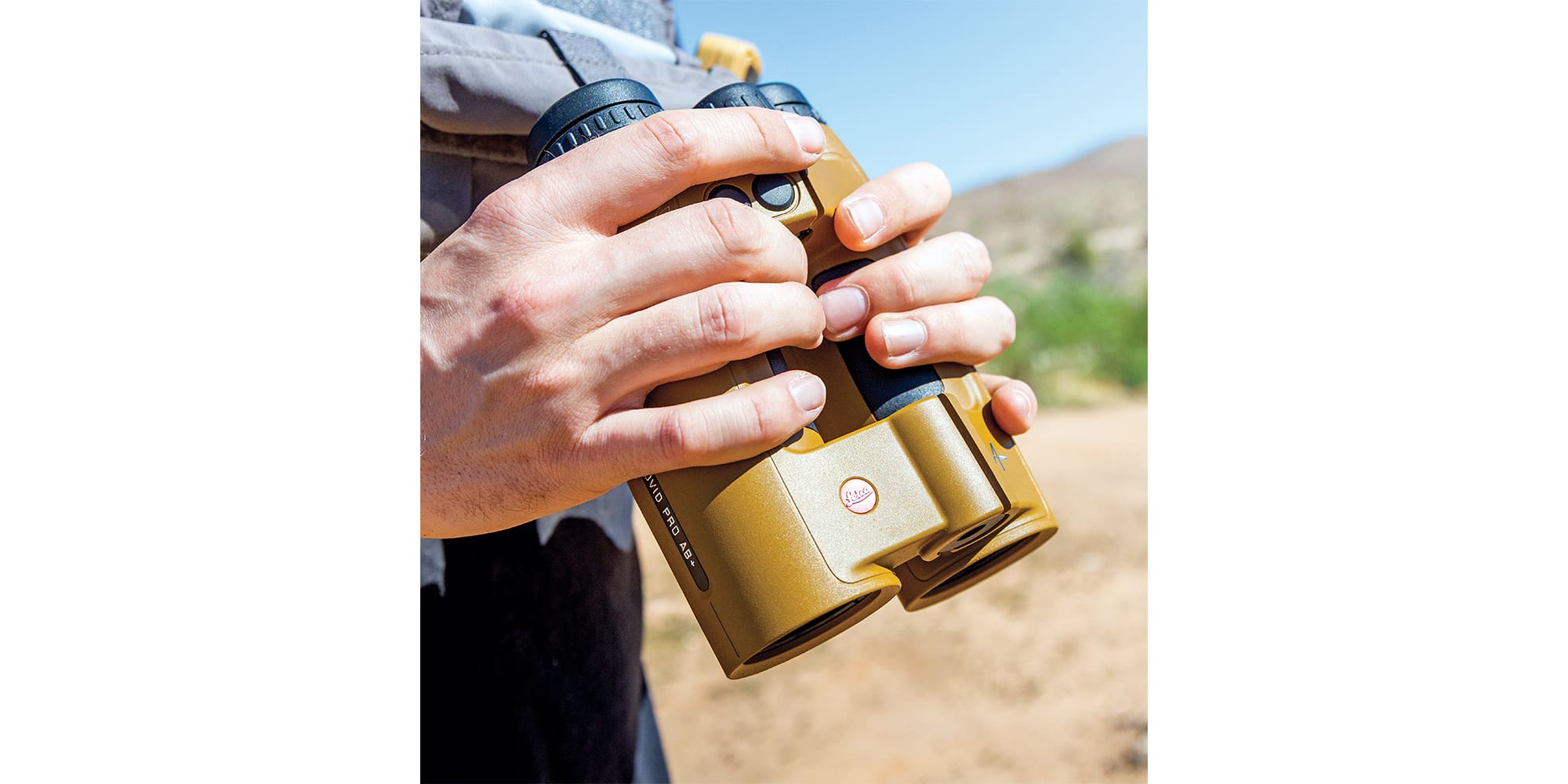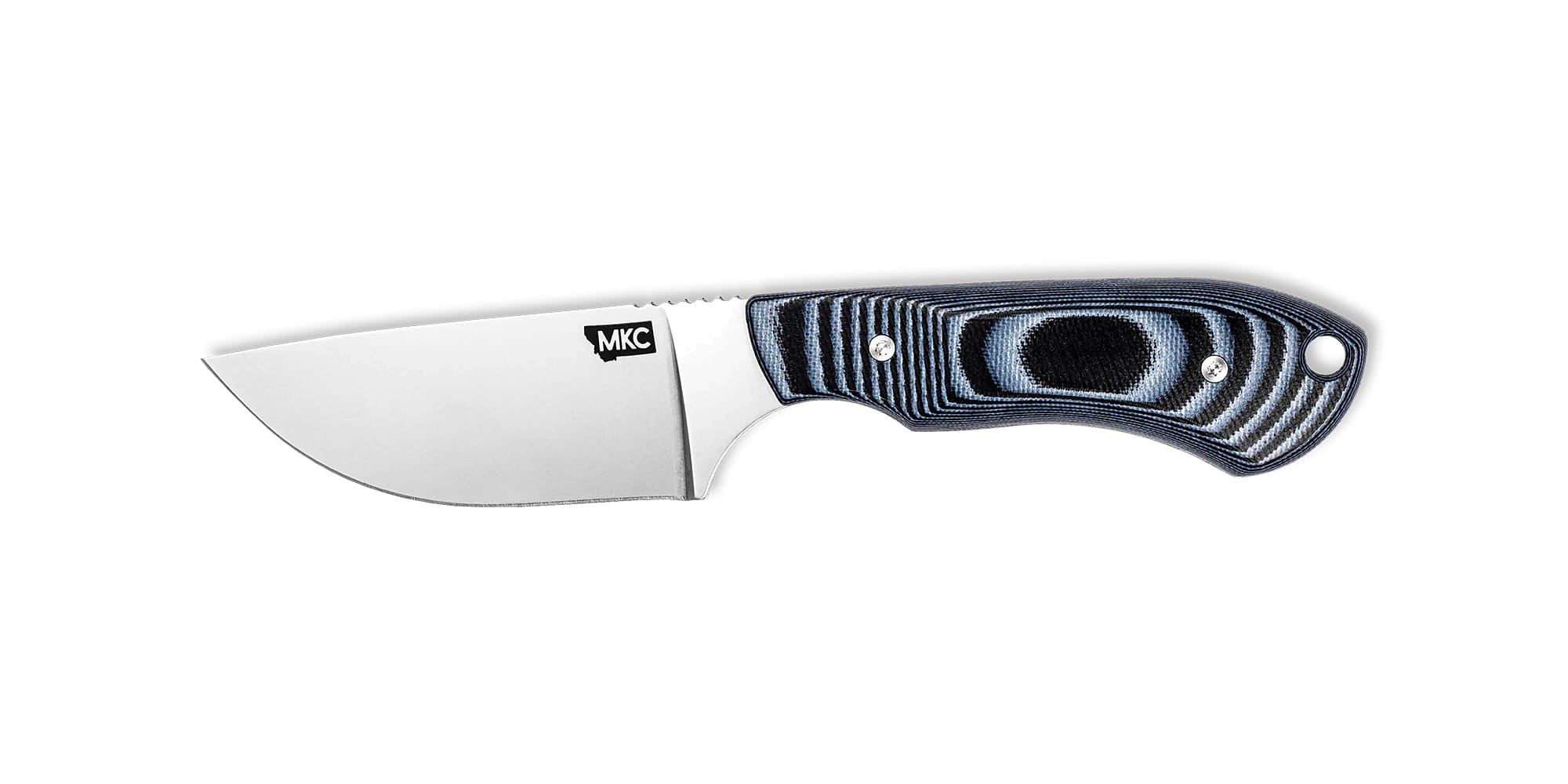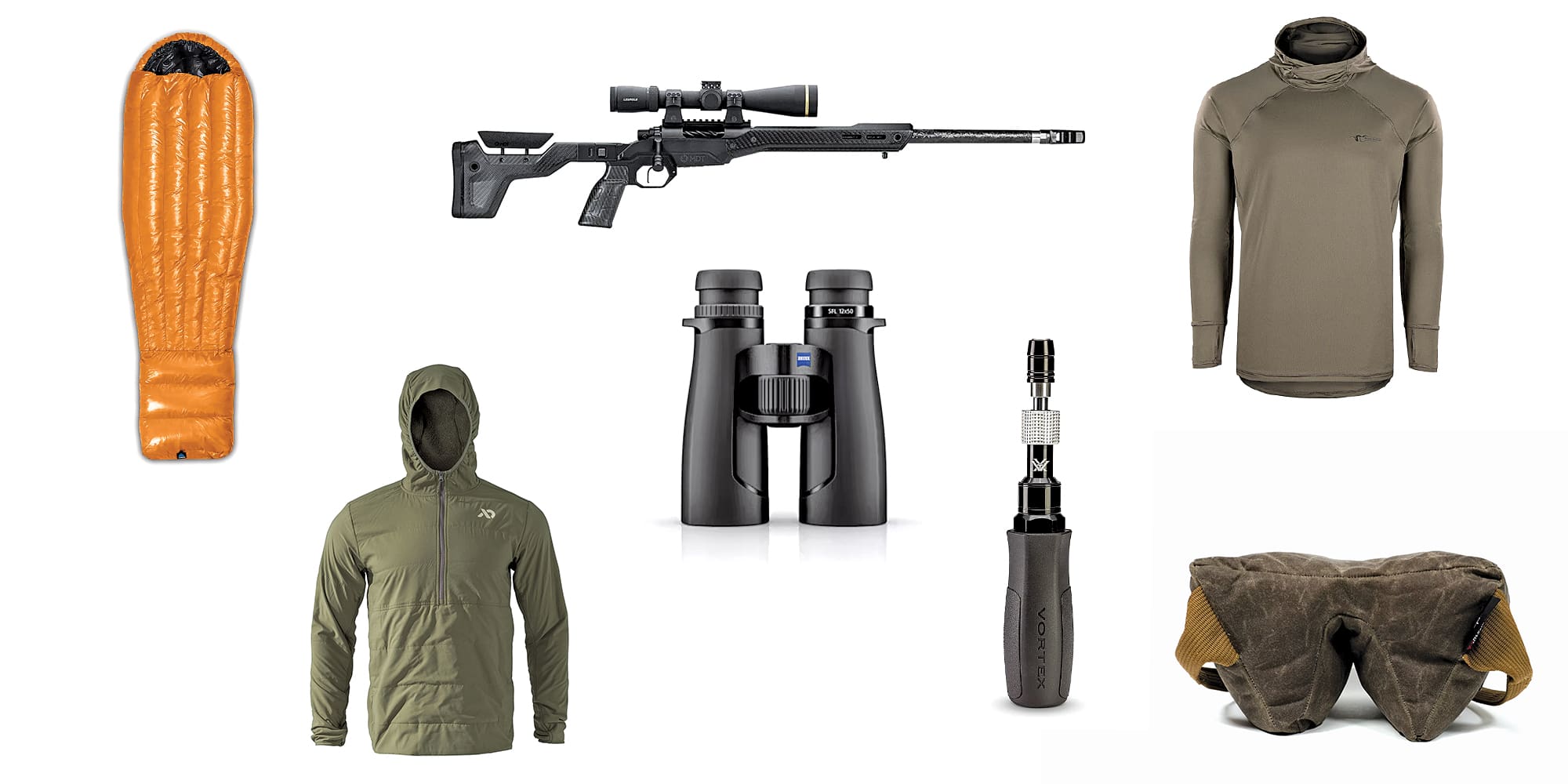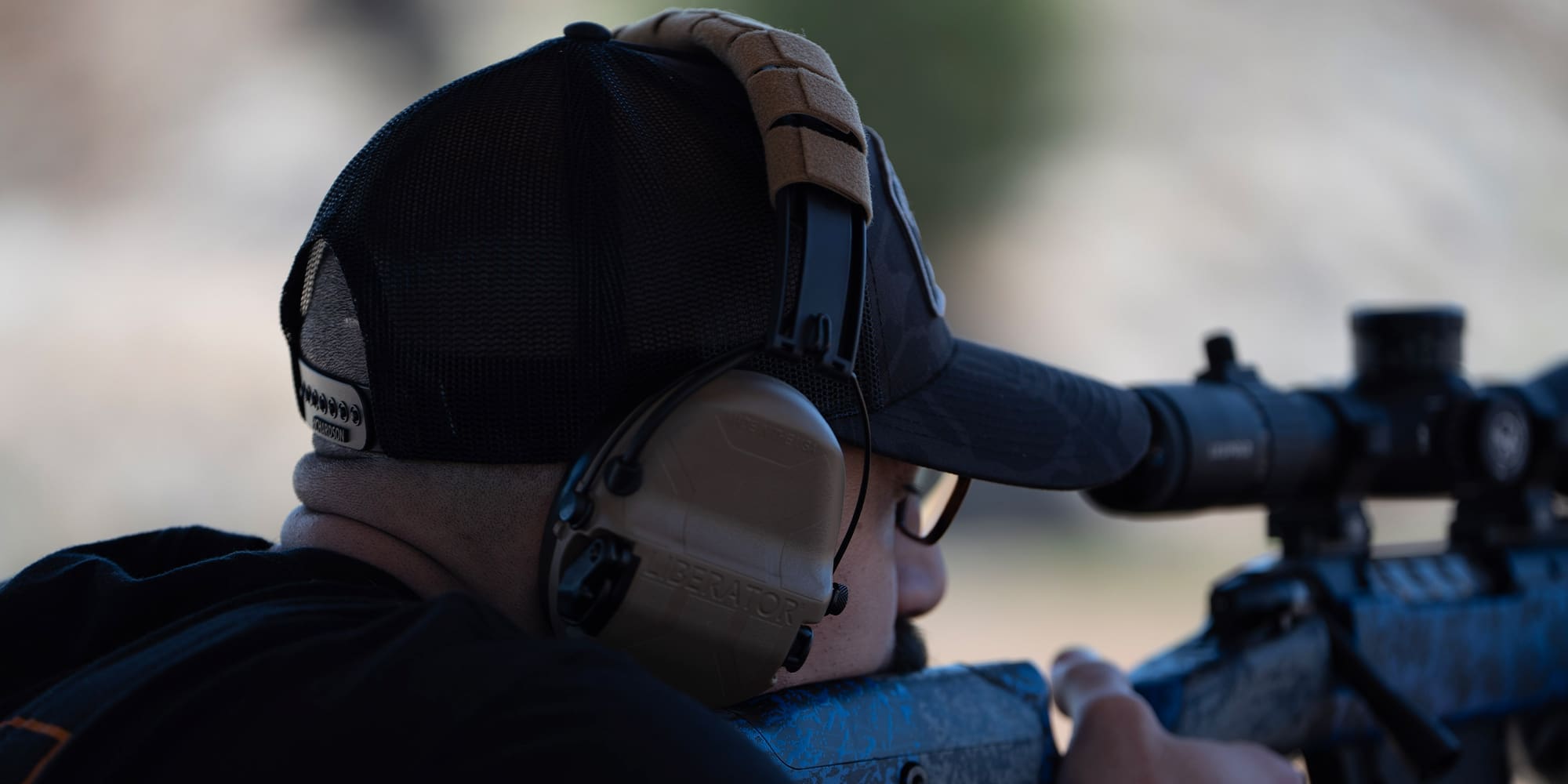
NOTICE: Certain links on this post may earn a commission for Western Hunter Magazine from Amazon or our other affiliate partners when you make a purchase. Thank you for your support.
Garmin TT15X and T5X Tracking Collars
The evolution of the hound hunter’s most valuable tools
When I switched from hunting with bird dogs to hunting with big game hounds, GPS tracking collars were relatively new equipment. A lot of hunters weren’t using them at that point because they either didn’t trust the technology or they couldn’t afford another tracking system. Like many hunters, I started with a telemetry tracking system, but it didn’t take long before my dogs had both GPS and telemetry collars around their necks. It took time, but the GPS collars won my confidence. Soon I was leaving the telemetry system at home.
What a blessing those GPS collars were in the hands of a beginner. I could see what my dogs were doing and where they were going. Those collars saved me so much time and effort over the years. The first setup I had was a Garmin Astro 220 with DC40 tracking collars. On one occasion, that system saved one of my dogs that was caught in a snare. I never would have found her in time without that GPS. It worked exceptionally well for me, and I used it for years before upgrading to the Alpha system with TT15 collars.
Yes, today’s hunters sure have it easier than those that came before us. It seems like every year the technology gets better. The conversion from telemetry to GPS happened quickly, and it has continued to evolve at a rapid rate. In January of 2007, Garmin introduced its first GPS tracking device, the DC 20. This February, 15 years later, Garmin announced the newest additions to their line of tracking collars, the T5X and the TT15X. With 80 hours of battery life, a new sleep mode, and much more, the new T5X and TT15X are truly the most advanced dog tracking collars on the market. Like any good hound race, where we start and where we finish are usually two very different places. Let’s look at the progression of the tracking collar and the new X collars from Garmin.
1960-1970
Before the introduction of radio telemetry, hunters had no choice but to follow their dogs as they pursued their quarry – often on foot, riding mules, or driving roads, listening to the dog bawl as they moved through the countryside. As radio telemetry became available, it was eagerly adopted by houndsmen, saving them time and energy while hunting.
Radio telemetry collars have a transmitter fixed to the dog collar. When activated, the transmitter puts out a pulsing radio signal that the dog cannot hear. The dog handler has a receiver with a handheld antenna that magnifies the signal. While using the antenna allows the handler to pinpoint the direction of the dog, it does not provide much information on distance. Telemetry systems can have up to a 12-mile range under ideal conditions, and collars usually last 8,000-16,000 hours per single battery charge. These types of collars were ideal for use in animal research, as the battery would allow someone to track the animal for one to two years before the battery ran out.
January 17, 2007 - DC 20

The first GPS dog tracker produced by Garmin was the DC 20. This transmitter and antenna mounted to a harness on the dog's back. The DC 20 could be tracked using an Astro 220 GPS and would provide status information if your dog was pointing, sitting, moving, or treeing. The DC 20 update rate could be changed from 5, 10, or 30 seconds, allowing 17-36 hours of constant tracking.
DC 20 Receiver $100, Harness $20
June 26, 2008 - DC 30
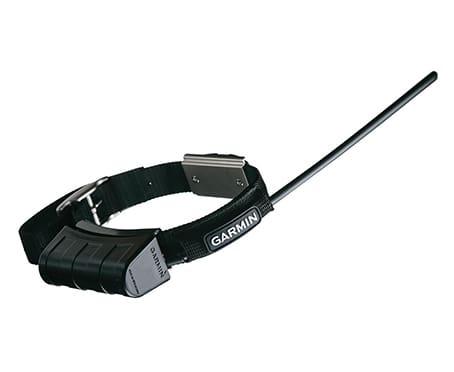
After one year, the DC 20 and the harness were re-structured into the first GPS dog tracking collar. The new DC 30 had a main housing that sat below the dog’s neck and a GPS antenna integrated into the collar. Now, the GPS antenna sat on the back of the dog’s neck so it could get an unobstructed view of satellites. The transmitter antenna, or antenna that communicated with the Astro 220 GPS, came out of the lower housing and stuck off to the side of the dog’s neck. The update rates remained the same as the DC 20 and, depending on the update rate, the battery would still last 17-36 hours.
DC 30: $200
June 11, 2010 - DC 40
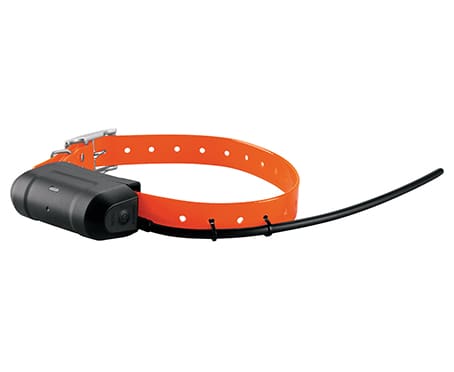
Two years after the introduction of the DC 30, Garmin introduced the updated DC 40 tracking collar. They moved the integrated GPS antenna off the back of the collar and put it in the main housing, riding under the dog’s neck. Battery life was extended to 48 hours with the addition of a new 120-second update rate. The Astro 220 GPS could track up to 10 DC 40 collars at a time at distances up to seven miles depending on terrain. Garmin also developed a new feature called “collar lock” which lets the user create a four-digit pin and prevent other people from seeing their dogs’ whereabouts. Collar lock was popular among the competition hunters who were frequently around large numbers of dogs.
DC 40: $229
July 2, 2013 - DC 50
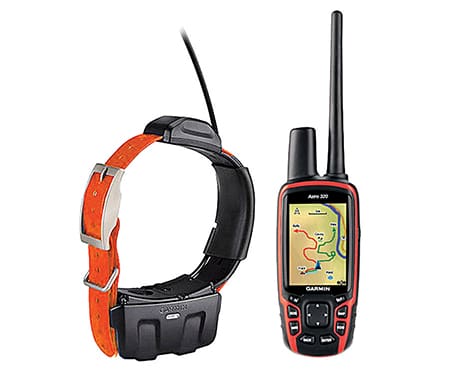
The DC 50 was the last of the DC collar line, but it was the first Garmin collar to utilize both GPS satellites and GLONASS satellites. Using both types of satellites allowed the DC 50 to acquire a signal faster and keep it longer. Garmin placed a low-profile GPS antenna back on the collar strap, resting on the back of the dog’s neck. The VHF antenna was changed to a 22.5” braided stainless steel antenna that could take the abuse of navigating through thick foliage. With this new antenna, the tracking range improved to nine miles, depending on terrain.
With a five-second update rate, the DC50 battery would last 26 hours, and in the new “rescue mode” it would last up to 54 hours. Rescue mode allowed the collar to update every two minutes, extending the battery life to find lost dogs. Also, the DC 50 had internal bark detection. If a dog was barking out of earshot, it would alert the hunter with either tones or vibrations. The DC50 was water-resistant to up to 10 meters and could now be tracked by the new improved Astro 320 GPS.
The Astro 320 featured a full color, sunlight-readable display and could track up to 10 dogs per unit. It would provide the status of the dog when sitting, treeing, pointing, or moving. Mapping improved on the Astro 320, as it included a pre-installed base map but could also be preloaded with 100K topo, 24K topo, or Birdseye Satellite Imagery.
DC50: $229
June 12, 2014 - T5 and TT15 Tracking Collars
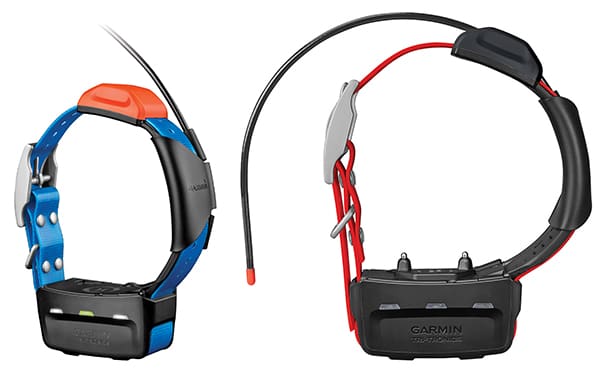
On this day, Garmin announced the T5 and TT15 tracking collars. The T5 was a track-only collar, and the TT15 was a track-and-train collar. Both collars could be tracked using either the Alpha 100 or Astro 320 GPS, but not simultaneously by both. The Astro 320 paired with the T5 collar was preferred for hunters who only wanted to track their dogs, and the Alpha 100 paired with the TT15 was preferred by those who wanted to track and be able to train/correct dogs at the same time. Both collars were GPS and GLONASS capable and had bark detection, LED beacon lights, and rescue mode features. Battery life was 20-40 hours, depending on the update rate, and the collar could be tracked for up to nine miles, depending on terrain. TT15 collars allowed tone, vibration, momentary, and 18 levels of stimulation.
T5: $249, TT15: $299
July 23, 2015 - T5 Mini and TT15 Mini Collars

One year later, Garmin announced the T5 mini and TT15 mini collars. The mini collars were designed for smaller breeds of dogs to reduce load and strain. The mini collars were sold in bundles. The Astro bundle contained an Astro 320 GPS paired with the T5 mini, and the Alpha bundle contained the Alpha 100 GPS coupled with the TT15 mini. The T5 mini weighs 7 ounces, and the TT15 mini weighs 7.5 ounces. Battery life is 16 hours with a 2.5-second update rate and 30 hours with a two-minute update rate. Mini collars can be tracked up to four miles, depending on the terrain. The features are similar to their larger counterparts, including LED beacon lights, rescue mode, all the same training features.
T5 Mini: $249, TT15 Mini: $299
Garmin T5X and TT15X
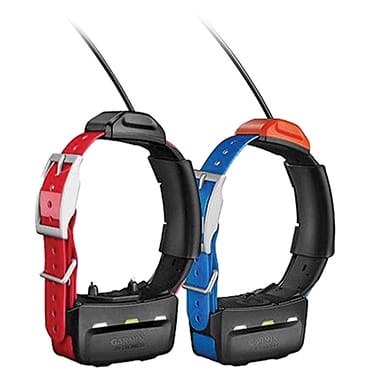
This February (2022), Garmin announced the newest additions to their tracking collar family. The new T5X and TT15X collars are virtually identical to the original T5 and TT15 introduced in 2014, but they have improved battery life, features, and handheld compatibility. The new X collars have a battery life of up to 80 hours. This allows for multiple days of hunting without having to recharge. The features are similar, including tone, vibration, 18 levels of stimulation, beacon lights, bark detection, tree/point notification, and 2.5-120-second update rates.
The new addition to the features is “sleep mode.” Sleep mode allows the user to put the collar to sleep to conserve battery life. This will be extremely helpful if you need to change hunting areas or have a long period of downtime and do not want to remove collars to shut them off. It will also come in handy in a scenario where you physically cannot get to your dog before their collar dies. By putting the collar to sleep, you can conserve battery until you can get to the dog’s last known location and then activate the collar.
The tracking range remains the same at around nine miles, depending on terrain and antenna choice. The new X collars can be tracked with Astro 430, PRO 550 Plus, Alpha 10, Alpha 100, and Alpha 200i GPS handhelds or in conjunction with Garmin Drivetrack or Fenix watches.
T5X: $299, TT15X: $349
Conclusion
The first time I ever released a hound on a mountain lion, the dog was wearing a telemetry collar. I scurried along through the woods, trying to keep the dog in earshot the entire time. Of course, I failed, so I was left tracking through patchy snow, stopping to get beeps occasionally to make sure I was heading in the right direction. Moments like those virtually disappeared when I got my first GPS.
Over the years, it has gotten easier and easier to both track and train my dogs. GPSs have evolved to the point that I can see where and what my dogs are doing from miles away. With updates every 2.5 seconds, I know if they are barking, treeing, or sitting down and taking a break. I can correct undesired actions or tone them back to me even when they are beyond hearing distance.
Under the right circumstances, I can literally sit in my pickup and watch an entire lion race with Birdseye Satellite Imagery. That's not how I prefer to hunt, but it is completely capable with today’s technology. Seeing real-time information on where your dogs are and what they are doing helps you correct problems and coach solutions. Garmin tracking collars have definitely helped me build the pack of dogs I have today, and I can’t wait to see what they come out with next!


